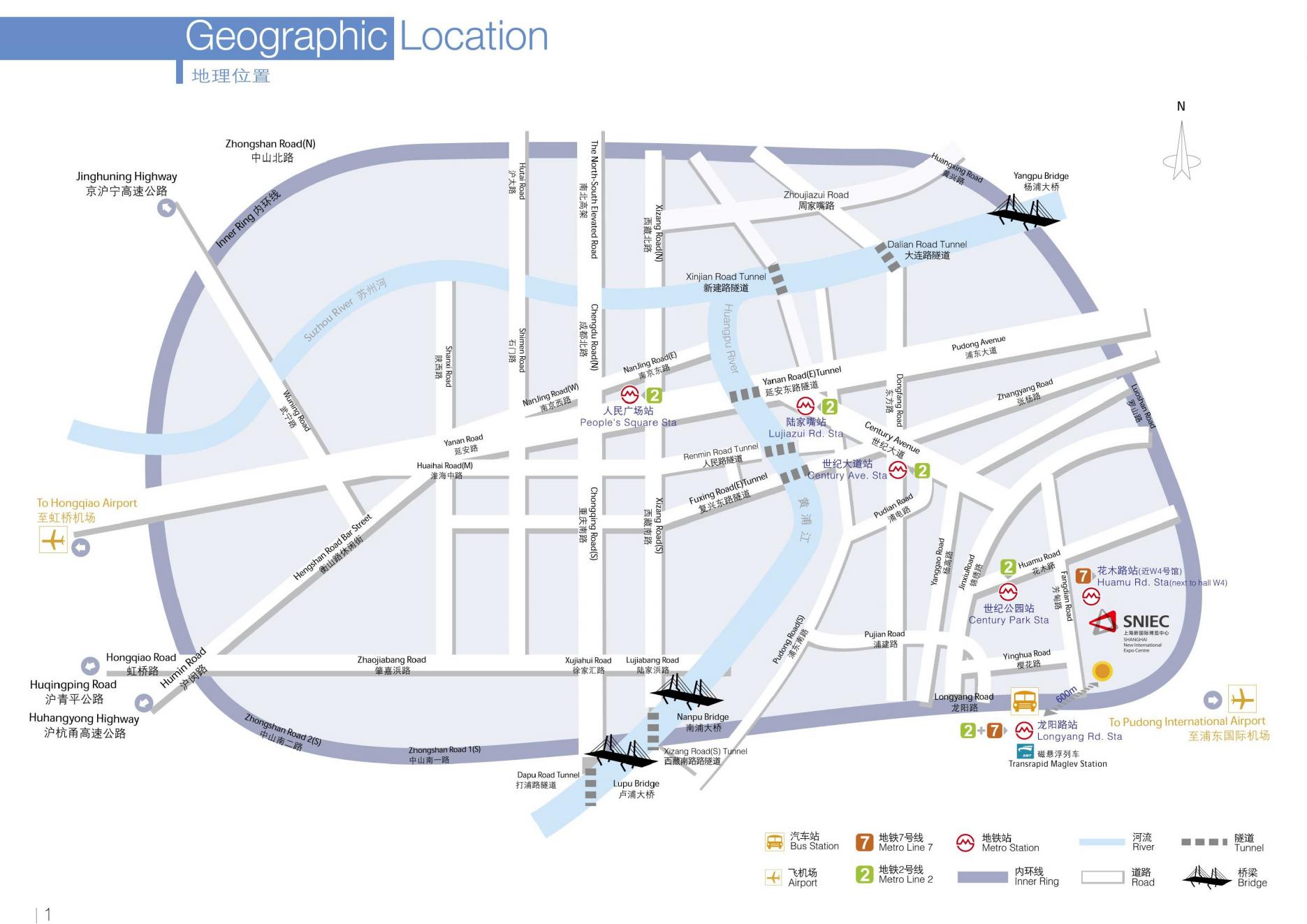In April 2025, the United States officially imposed a comprehensive tariff of up to 34% on Chinese goods. This is not a technical adjustment in policy, but a clear signal:
The trade friction between China and the United States is entering another tough cycle. For Chinese manufacturing, especially for industrial automation companies oriented to foreign trade, this new tariff wall can be described as a "wake-up call"
For a long time, many Chinese industrial control brands have relied on the advantages of cost and delivery speed to compete with European and American brands in the American market, and gradually opened up the situation among price-sensitive customer groups. Now, this advantage has almost evaporated in an instant under the high tax burden. The widening gap between the ex-factory price and the landed cost of products not only directly weakened customers' willingness to purchase, but also forced some channel dealers to stop ongoing order negotiations. More destructive is that the channel system that companies have invested in the US market for many years is also facing the pressure of reconstruction in policy changes.
From an analytical point of view, this actually provides a good window period for the "domestic substitution" of automation.
Downstream turbulence and upstream restrictions in the industrial chain
This tariff storm not only cut off the path to go overseas, but also caused shocks in the upstream and downstream of the industrial chain. For Chinese local automation manufacturers, it is not only that they cannot sell to the United States, but also that the US alliance still has influence on high-end chips and control technology. They may not be able to buy core components. In this industry based on modular construction, a considerable proportion of key components such as control chips, industrial sensors, and high-precision connectors still rely on the European, American, Japanese and Korean technology systems. When China and the United States began to show control signals in technology exports and raw material trade, the supply chain security issues of the entire industry were once again magnified.

At the same time, the uncertainty of downstream customers is also rising rapidly. The purchase of automation equipment is usually accompanied by internal technical transformation plans, production line upgrades and even new business layouts, and the current market sentiment is obviously cautious. We believe that under the background of drastic fluctuations in export orders, the conservative attitude of manufacturing companies in funding, planning and resource allocation has slowed down the originally hot automation transformation projects. Especially in industries with high external dependence such as 3C electronics and general machinery, this "wait-and-see" sentiment may have begun to be transmitted to the equipment procurement level.
The window period for domestic substitution is opening
Although the impact is obvious, tariffs bring more than just bad news. For domestic industrial control brands, this is precisely a rare window period for many years. In the past decade, European, American and Japanese brands have had a stable moat in the mid-to-high-end market with their technological accumulation and brand advantages. But now, with the sharp increase in the cost of American products, the extension of delivery time and the increase in service uncertainty, many Chinese manufacturing companies that originally relied on imported equipment have begun to actively seek domestic substitution solutions.
In fact, earlier, the United States imposed high tariffs on Chinese goods, which led to changes in the global trade pattern. China's industrial automation companies actively expanded overseas markets, especially in emerging markets such as Southeast Asia, the Middle East, and Africa, to find new growth points.
For example, Huichuan Technology has been exploring internationalization since 2012, mainly selling inverters, industrial robots, servo systems and other products. As of 2023, overseas revenue reached 1.7 billion yuan, a year-on-year increase of 90%, and offices have been set up in Southeast Asian markets such as India, Vietnam, Thailand, etc., providing high-stability and high-energy-saving solutions. Zhongkong Technology has increased its market layout in Southeast Asia, the Middle East, Africa, Eurasia and other regions. In the first half of 2023, the overseas contract amount increased by 109.6%, and deepened cooperation with international customers such as Saudi Aramco and Shell. INVT has also successfully developed multiple international markets such as Australia, France, and Italy. In the first half of 2023, overseas revenue was 761 million yuan, a year-on-year increase of 61.48%, especially in emerging markets. Maintaining a high growth rate.
Although the US tariff policy may also have an impact on countries and regions such as Vietnam and the EU, the overseas businesses of these Chinese companies are mostly local markets, and their production bases are located in China. Therefore, the impact of the US tariff increase on Vietnam, the EU and other regions is relatively limited. For example, Inovance's business in Vietnam and Thailand is mainly for the local market, and its products and production bases are located in China, so it is not affected by the US tariffs on Vietnam. Supcon Technology and INVT have also reduced the impact of tariff policies through localized operations in Southeast Asia and other overseas markets.
These data and cases show that Chinese industrial automation companies have successfully found new growth points by actively expanding overseas markets, especially in emerging markets, which not only helps to diversify market risks, but also provides opportunities for the rise of domestic brands around the world.
Some companies in the market have begun to respond quickly to adjust their strategies. Some domestic brands took the opportunity to launch the "US Market Replacement Plan", which not only optimized the product matrix in terms of price and performance, but also emphasized localized after-sales service and fast delivery capabilities. These competitive advantages that were originally on the edge have now become core selling points. At the same time, guided by market demand, domestic equipment manufacturers are also accelerating cooperation with upstream and downstream technology partners to try to build a more stable integrated hardware and software solution system.
This change is not a short-term replacement behavior, but a reshaping of the long-term pattern. In this process, local companies that truly have product strength, system integration capabilities and industry experience will be expected to move from "low-end substitutes" to "mid-to-high-end main suppliers."
However, it should be noted that although the tariff impact has brought certain pressure, foreign giants such as Siemens and Mitsubishi Electric are also accelerating the pace of localization, which is also a challenge for domestic brand substitution.

Summary
Crisis is a real test of ability. Today we are facing not only a foreign trade crisis, but also a round of ability test for the entire industry. Industrial automation is a highly complex technology industry. If any company wants to stand firm in the fluctuations, it must have three dimensions of competitiveness at the same time: controllability of core products, security of supply chain, adaptability and execution of global strategy.
Truly respectable industrial brands do not rely on the rise of the wind, but can survive and live stronger in the storm. Domestic industrial automation companies are in the deep waters of transformation. Whether they can accelerate the leap from manufacturing to intelligent manufacturing and whether they can use long-termism to cross the uncertainty of the cycle is the most noteworthy point in the next five to ten years.
This tariff storm may continue, and the trade dispute between China and the United States is difficult to resolve in the short term. But what is certain is that Made in China will not stop there. The higher the wind and waves, the better time to build internal strength. As long as the industrial chain is solid enough, the technical path is clear enough, and the market strategy is flexible enough, then this trade war will eventually become a whetstone for Chinese industrial brands to move towards the global stage.
This paper is from Ulink Media, Shenzhen, China, the organizer of IOTE EXPO (IoT Expo in China)


















